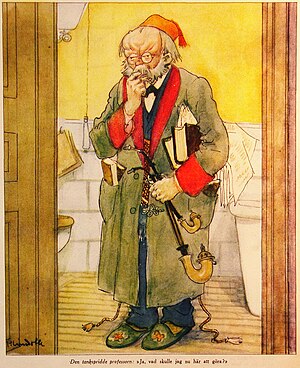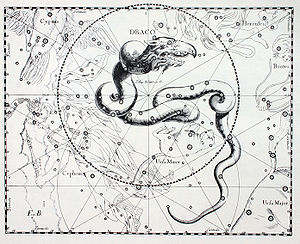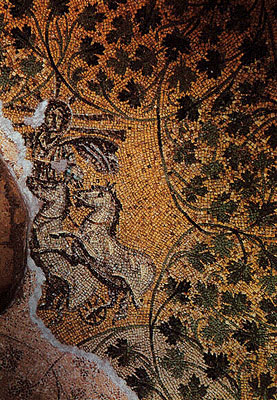
In his review of the second chapter of Earl Doherty’s Jesus Neither God Nor Man Dr James McGrath faulted Doherty for “deliberately downplaying” or “failing to grasp” that Paul’s letters were not written as treatises for the purpose of laying out all the basics about the life of Jesus:
First and foremost, it must be said once again that the most fundamental consideration is one that Doherty is either deliberately downplaying or has altogether failed to grasp. Paul’s letters were written to Christians, and if there was any teaching that allegedly came from Jesus that was passed on to Christians, we would expect it to be presented to Christians in the process of persuading them to believe in Jesus, and in introducing them to the faith once they came to believe. We should not expect such things to be the major focus in letters, which seem for the most part to have been written in response to unexpected issues and questions for which answers were not readily available in the teaching of Jesus. (my emphasis throughout)
I will show in this post that it is in fact McGrath who is “deliberately downplaying or has altogether failed to grasp” what he has read in Doherty’s book. Continue reading “What McGrath forgot”







 This post is a continuation of Earl Doherty’s responses to James McGrath’s
This post is a continuation of Earl Doherty’s responses to James McGrath’s 
